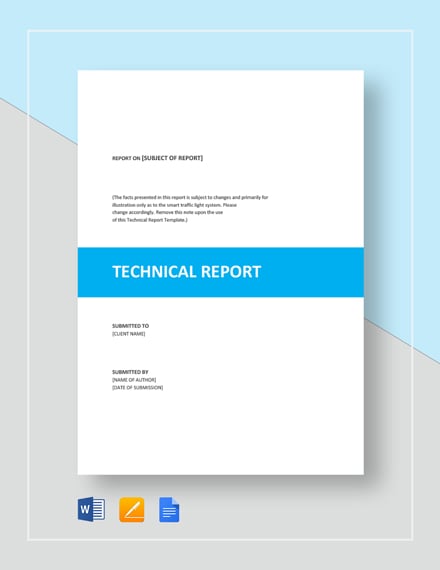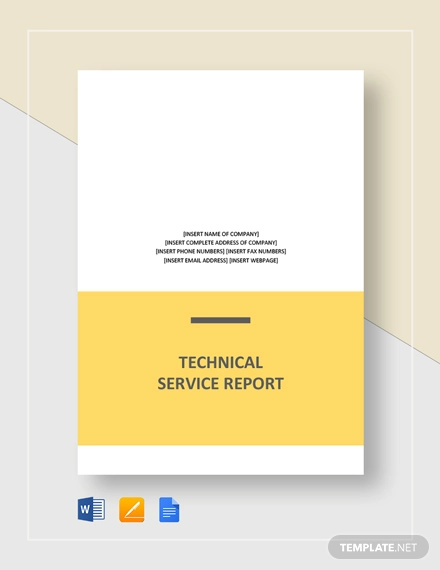10+ Technical Report Templates – Docs, PDF, Word
For any scientific or technical study, you will need a project report template will explain to any reader the means, progress, results and conclusion of your research to be able to comprehend it in a summarized form. At Microsoft word, excel or pdf file you can have the said template to be able to use it in your research and make it valuable to your field of interest and add in body of knowledge today. For a wider selection of
technical report templates, check out more options here.
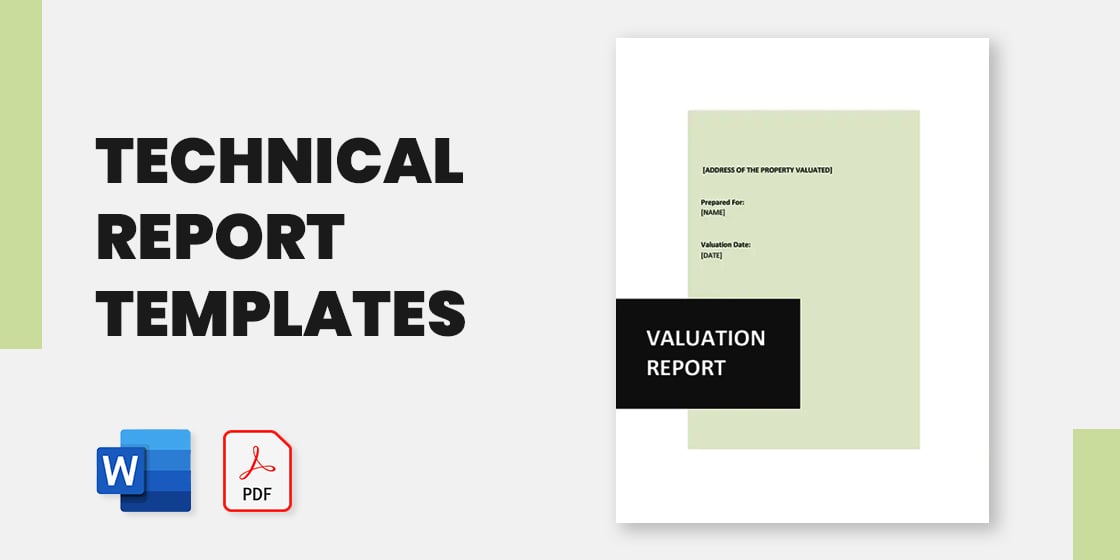
Report Template Bundle
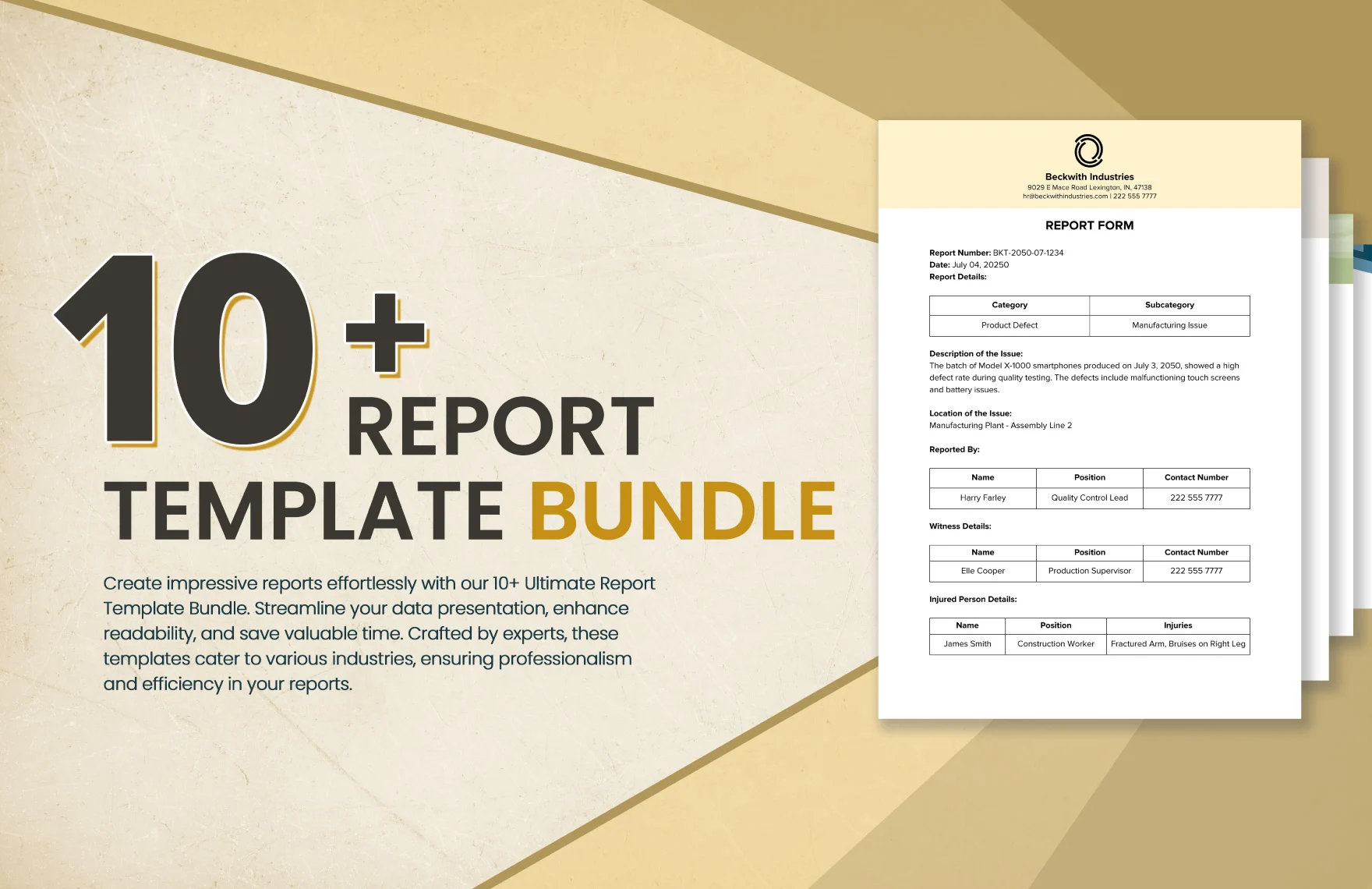
Technical Site Visit Report Template
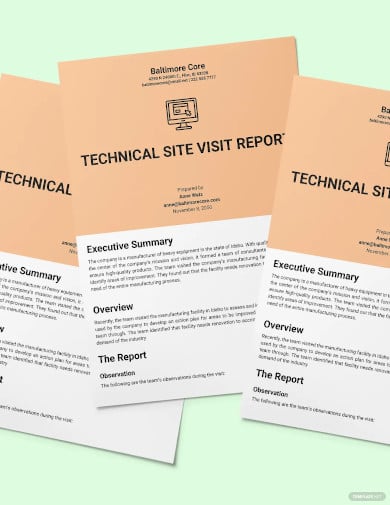
Report Technical Specification Template
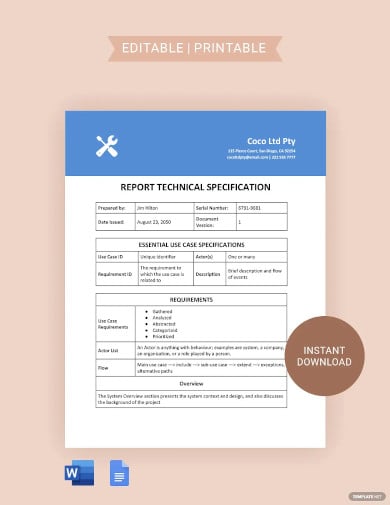
Technical Evaluation Report Letter Template
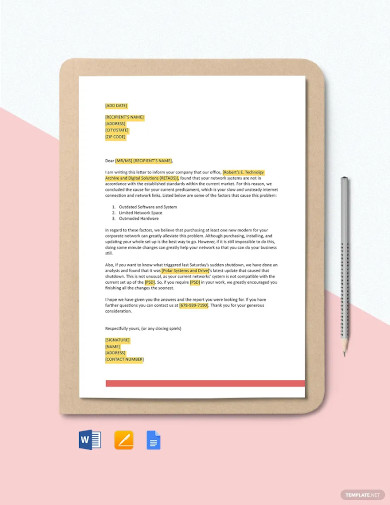
Letter of Transmittal for Technical Report Template
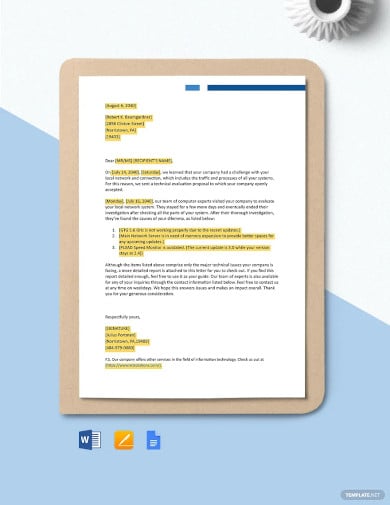
Sample Technical Report Template
Technical Service Report Template
Engineering Report Template
It is a formal document requiring a comprehensive but concise statement of what has been done and discovered from your research; with its format you will know what should and not to be included in the simple report template to prevent any lengthy statements or unnecessary information.
Technical Report Format PDF Format
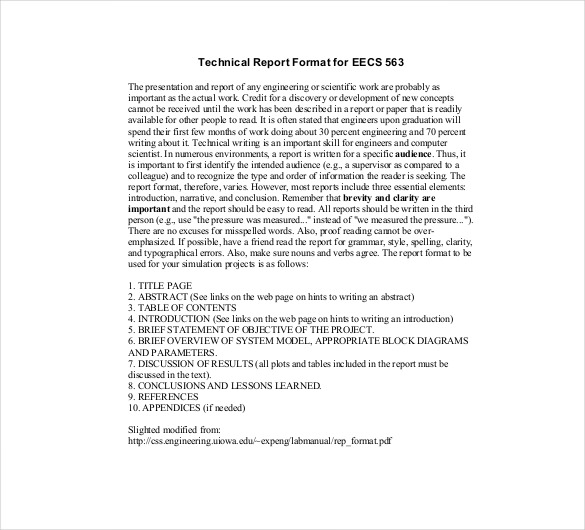
ittc.ku.edu
Electrical and Computer Engineering Technical Report Template
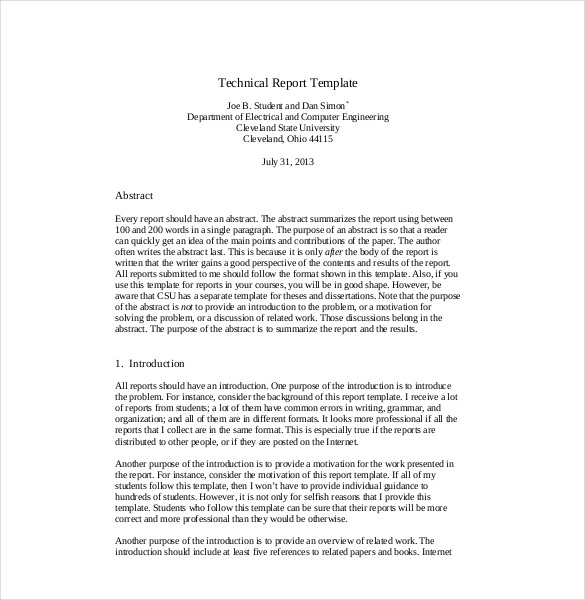
gvsu.edu
Standard Technical Report PDF File
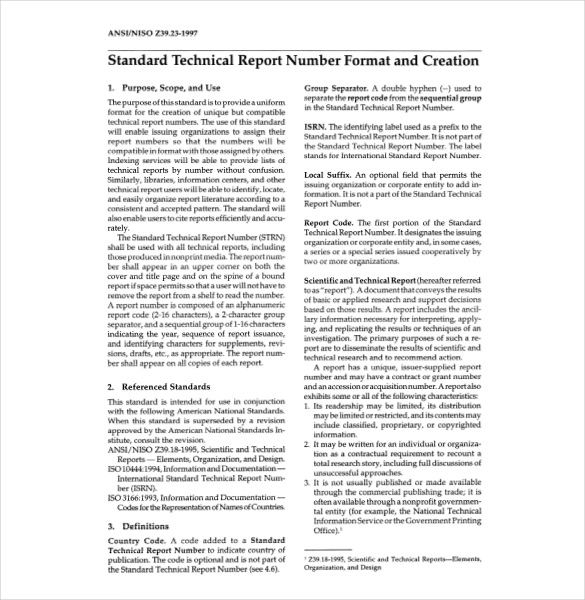
niso.org
MESA Technical Report Template Word Format
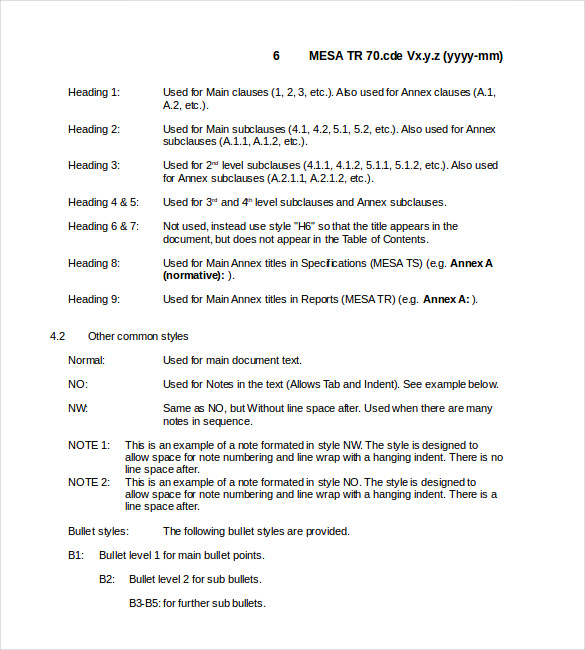
projectmesa.org
Final Technical Report PDF Download
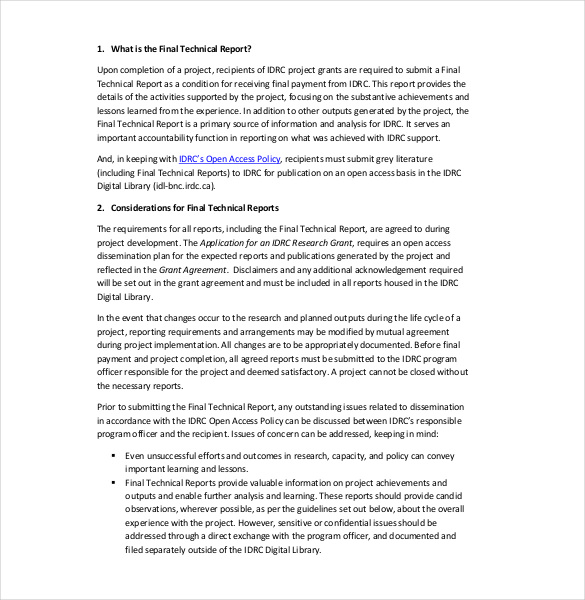
idrc.ca
Evaluation Technical Report Word File

niap-ccevs.org
Unofficial RI Technical Report Template
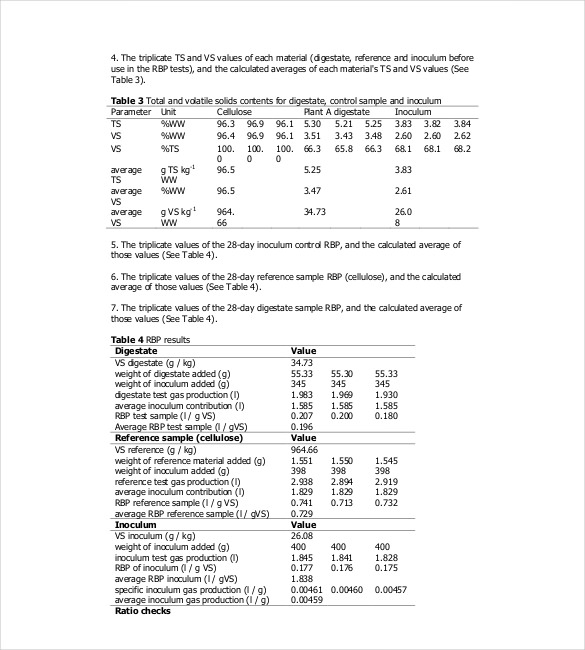
wrap.org.uk
Stormwater Control Plan Technical Report Template
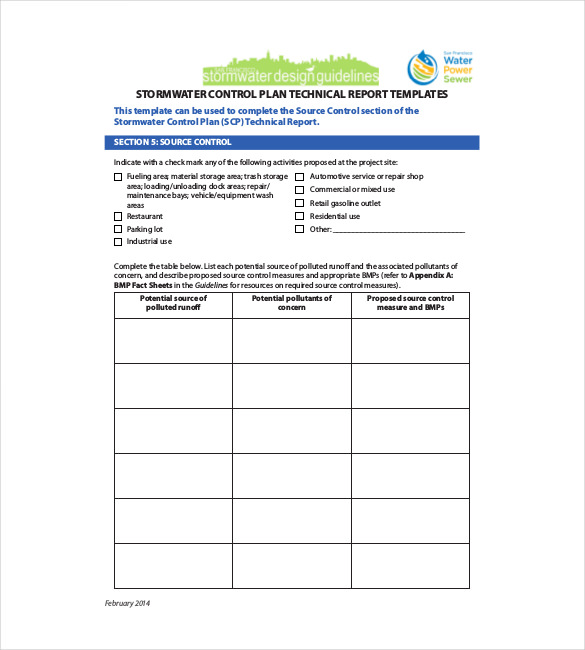
sfwater.org
If you have any DMCA issues on this post, please contact us! You can also see more templates like technical report letters in word, pdf, google docs and apple pages in our official website template.net.





